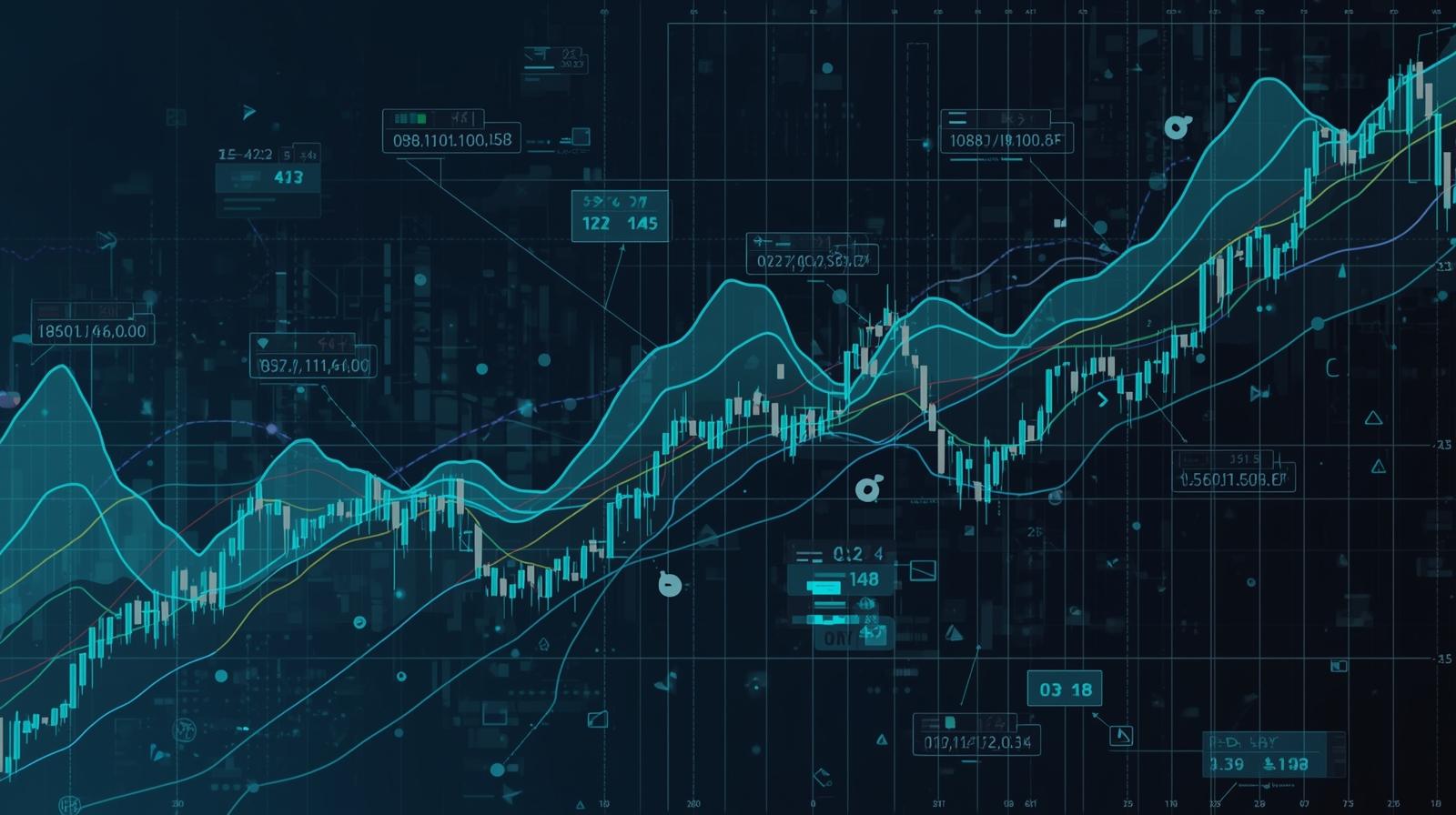How to Spot Early Signs of a Market Reversal

Markets rarely turn without warning – but the signs are subtle. Professional traders know that reversals don't appear out of nowhere; they build up through structure, momentum shifts, and changes in macro tone. Recognizing these early clues separates reactive traders from proactive ones. Let's break down how to identify potential turning points before they become obvious.
1. The Price Tells the Story First
Price action always leads indicators. Before oscillators or moving averages catch up, structure starts to shift.
Look for:
- • Divergences – When price makes a new high but momentum (RSI, MACD) fails to confirm, it's an early red flag.
- • Failed breakouts – A breakout that quickly reverses and closes back within range often marks a trap before a larger reversal.
- • Lower highs / higher lows – The simplest structural signal of fading trend strength.
Experienced traders treat these not as entry triggers, but as context. They start reducing exposure or tightening stops while others are still euphoric.
2. Classic Chart Patterns That Hint at Trend Exhaustion
Certain formations consistently appear near market tops and bottoms.
- • Head and Shoulders / Inverse Head and Shoulders – Among the most reliable reversal formations when confirmed by volume contraction and neckline breaks.
- • Double Top / Bottom – Effective when the second peak or trough forms with weaker momentum.
- • Rising or Falling Wedge – Tight ranges sloping against the main trend usually resolve in the opposite direction.
- • Rounded Tops and Bottoms – Slow, grinding turns that often precede major cyclical reversals.
The key – never trade the pattern alone. Wait for confirmation: volume spike, break of structure, or macro catalyst aligning with the setup.
3. Indicator Crossovers and Momentum Shifts
Indicators don't predict reversals – they confirm growing imbalance. Use them as validation, not prophecy.
- • MACD crossover – A lagging but reliable confirmation once the histogram flips direction.
- • RSI divergence – Especially powerful on higher timeframes (daily/weekly). Watch for RSI failing to make a new high while price does.
- • Volume analysis – Reversals often start on decreasing volume, followed by a sudden surge when the new trend takes hold.
When multiple indicators align across timeframes, odds of a genuine reversal rise sharply.
4. Macro and Sentiment Clues
Markets don't reverse purely on charts – they turn on expectations.
- • Central bank tone shifts – When policy guidance changes from hawkish to dovish (or vice versa), asset classes respond before rate changes occur.
- • Credit spreads widening – Often an early sign of risk aversion creeping in, long before equities react.
- • Commodities and currencies – Gold, oil, and major FX pairs often lead broader risk sentiment reversals.
- • Positioning extremes – COT reports, sentiment surveys, and ETF inflows show when the crowd is over-committed to one side.
When technical exhaustion aligns with macro imbalance, a strong reversal setup is forming.
5. Psychology and Timing
Most traders spot reversals too early – or too late. Professionals focus on confirmation, not prediction. They scale in gradually, wait for retests, and let the market prove the new trend is real. The reversal edge lies not in being first, but in being right when momentum truly shifts.
Conclusion
Spotting early signs of a market reversal is about synthesis – combining structure, momentum, and macro context. No single clue is enough, but when several align – divergence, fading volume, sentiment extremes, policy shifts – you're likely witnessing a turning point.
Markets always whisper before they shout. The professionals are simply the ones who listen early.









